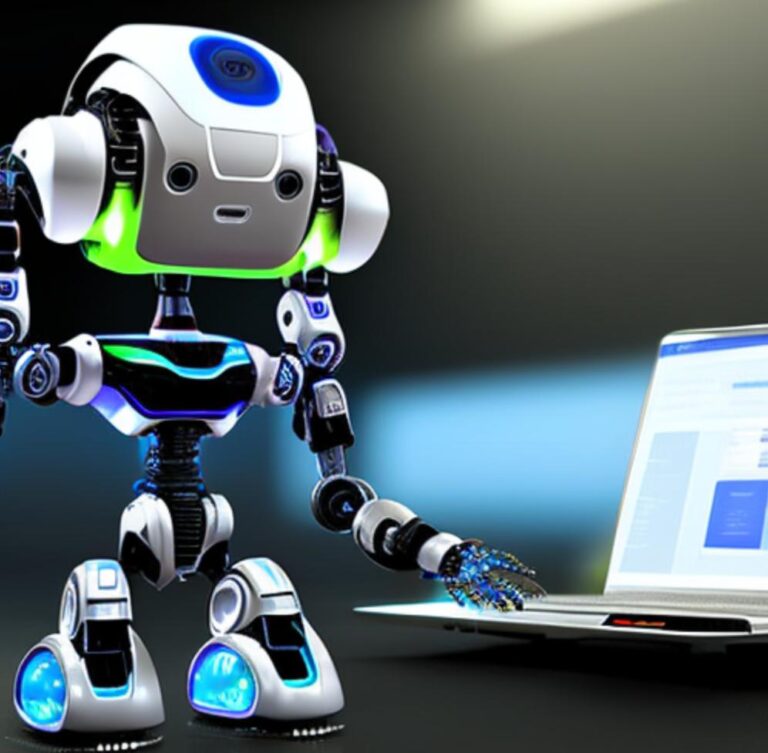Introduction to AI and Predictive Analytics in Big Data
Artificial intelligence (AI) and predictive analytics have become buzzwords in the world of technology, promising to revolutionize industries and pave the way for a more efficient and data-driven future. In particular, the combination of AI and predictive analytics in big data has garnered a lot of attention, as it has the potential to unlock valuable insights and drive intelligent decision making for businesses. In this article, we will explore the key concepts of AI and predictive analytics in big data and how they work together to deliver powerful results.
Understanding AI and Predictive Analytics
AI refers to the development of computer systems that can perform tasks that typically require human intelligence, such as problem-solving, learning, and decision making. It involves the use of algorithms and machines to analyze data, identify patterns, and make decisions based on those patterns. On the other hand, predictive analytics is the process of using statistical techniques and machine learning algorithms to analyze historical data and make predictions about future outcomes.
The Role of Big Data in AI and Predictive Analytics
Big data can be defined as large, complex, and diverse sets of data that are too voluminous to be processed by traditional data processing methods. With the rise of digital technologies, big data has become more widespread and accessible, presenting new opportunities for businesses to derive valuable insights. AI and predictive analytics rely heavily on big data as the fuel for their algorithms. By analyzing large and diverse datasets, AI and predictive analytics can identify patterns that may not be visible to the human eye and make more accurate predictions.
Applications of AI and Predictive Analytics in Big Data
AI and predictive analytics in big data have a wide range of applications across various industries. One such area is in healthcare, where AI-powered systems can analyze large amounts of patient data to identify patterns and predict potential health risks. This can ultimately help in the early detection and prevention of diseases.
Benefits of AI and Predictive Analytics in Big Data
The combination of AI and predictive analytics in big data offers significant benefits for businesses, including:
AI and predictive analytics can process large amounts of data in real-time and provide insights that humans may overlook. This can help businesses make better decisions quickly, leading to improved efficiency and productivity.
By using AI and predictive analytics to analyze data, businesses can identify and eliminate wasteful practices, leading to cost savings. For example, predictive maintenance can help reduce equipment downtime and maintenance costs for manufacturing companies.
By understanding customers´ preferences and behaviors, businesses can use AI and predictive analytics to deliver a personalized experience, leading to increased customer satisfaction and loyalty.
With the use of these advanced technologies, businesses can gain a competitive advantage by leveraging data-driven insights and making informed decisions quickly.
Challenges of AI and Predictive Analytics in Big Data
Despite the numerous benefits of AI and predictive analytics in big data, there are also challenges that businesses need to consider. One such challenge is the availability and quality of data. To get accurate and reliable results, these systems require high-quality data that is not always available.
Future of AI and Predictive Analytics in Big Data
The potential of AI and predictive analytics in big data is vast, and it will only continue to grow in the future. The rapid advancements in technology and the increasing availability of data will lead to even more powerful and accurate predictions. However, with this comes the responsibility to address ethical concerns and ensure fairness in the use of these technologies.
Conclusion
In conclusion, the combination of AI and predictive analytics in big data has the potential to transform businesses and industries by providing valuable insights and predictions. By understanding the key concepts, benefits, and challenges of these technologies, businesses can leverage them to gain a competitive advantage and drive intelligent decision making. As we look towards the future, it´s essential to continue exploring the possibilities and limitations of AI and predictive analytics in big data to unlock its full potential.

